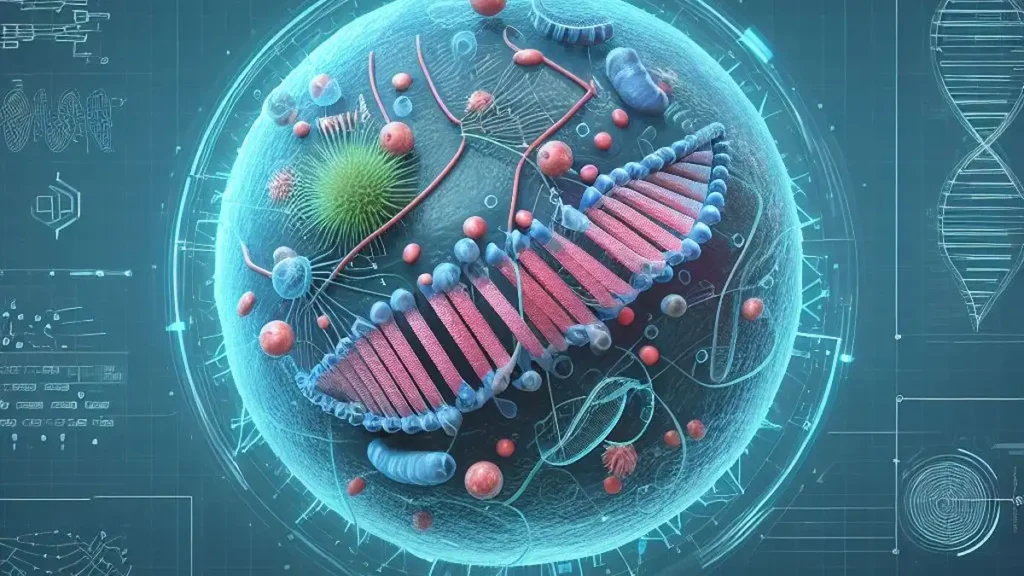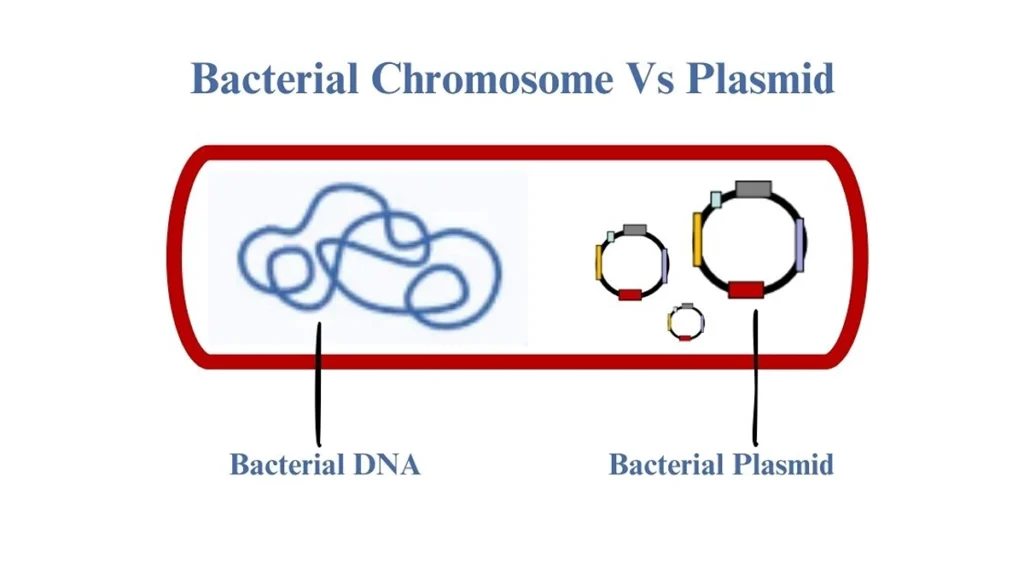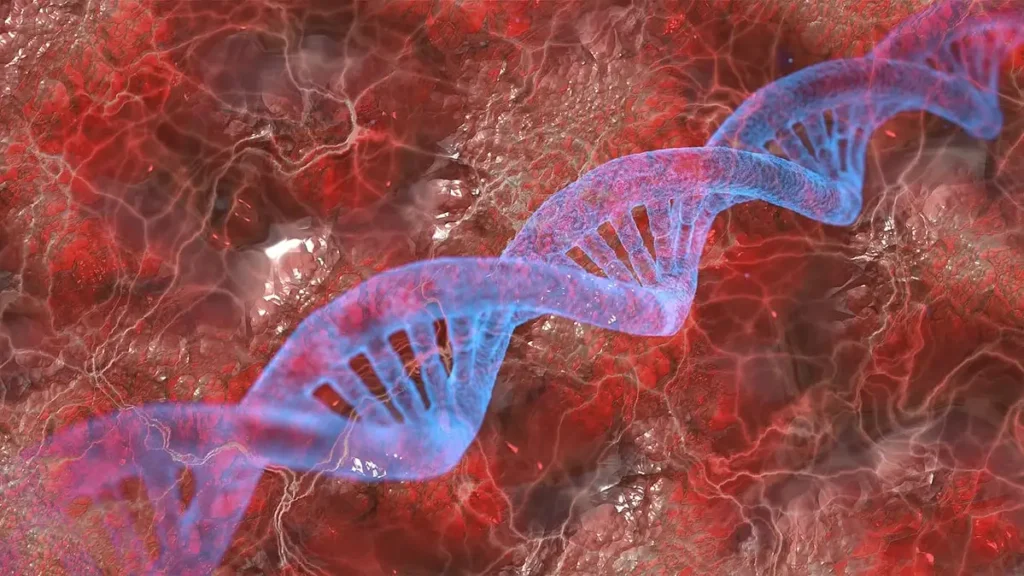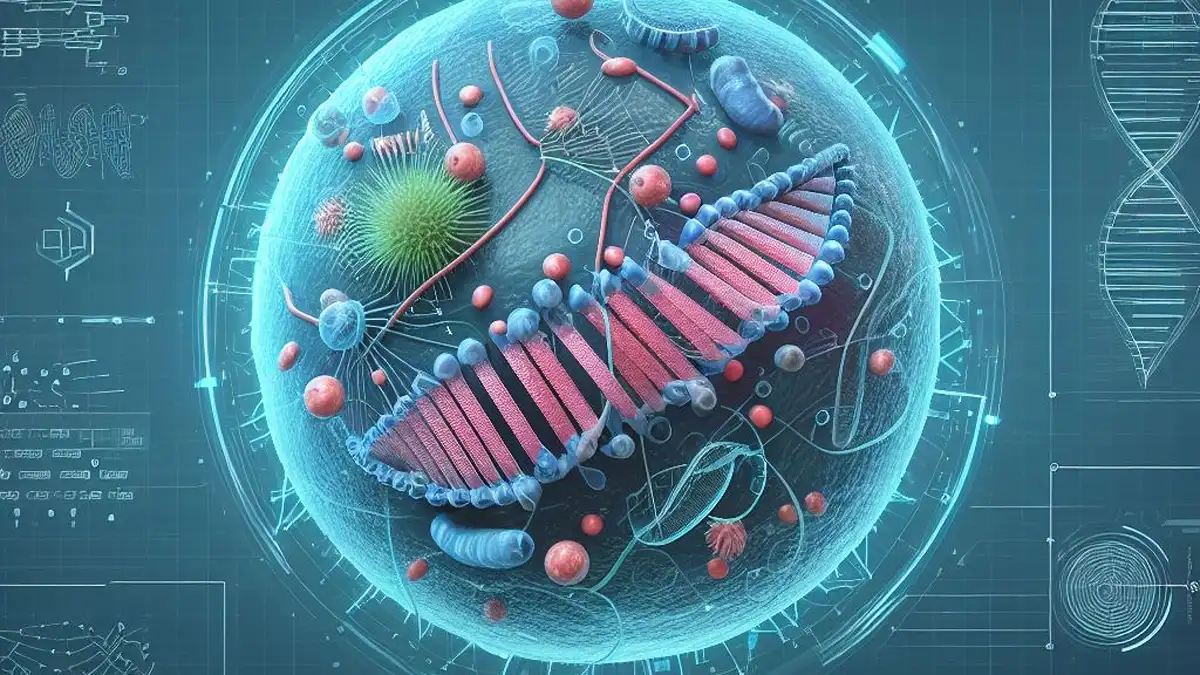There are different types of plasmid and they are classified into different categories on the basis of size, function, genetic content, host range and replication mode.

What are Plasmids?
Plasmids are genetic elements found inside bacterial cell. These are small, circular piece of DNA, an extrachromosomal genetic element, which replicate by their selves independent of bacterial chromosomes. Plasmids contain different combinations of genes and serve diverse functions like enabling bacteria to adapt according to different environmental conditions such as high antibiotic, heavy metals and ions in environment.
They also contribute in evolution and spread through genetic diversity, and dissemination of genes. Plasmids can be modified for different purposes like molecular biology research use and they are often used to carry genes during genetic engineering
How Many Types of Plasmid are Found in Bacteria?
Plasmids can be classified on the basis of various characteristics, including their size, replication mode, host range, function, and genetic content. Plasmids may vary greatly in their characteristics and overlap multiple classifications which make the classification system of plasmids flexible and dynamic.

Classification and types of plasmid
Here are some common classifications of plasmids:
Types of plasmid on the basis of size
- Small plasmids: These plasmids size range from a few kilobases (kb) to tens of kilobases.
- Medium plasmids: Their size generally ranges from tens to hundreds of kilobases in size.
- Large plasmids: Size of large plasmids can be several hundred kilobases to a few megabases in size.
Types of plasmid on the basis of replication mode
- Rolling circle plasmids: These are plasmids which adopt rolling-circle mechanism during replication and produce single-stranded DNA intermediates.
- Theta (θ) replicating plasmids: These are plasmids which adopt theta structure mechanism during replication and form a replication bubble.
- Linear plasmids: These are plasmids which possess linear DNA molecules rather than circular and replicate using different mechanisms.
Types of plasmid on the basis of host range
- Narrow host range plasmids: These include plasmids which can be transferred and maintained in specific bacterial specie and strains.
- Broad host range plasmids: These include plasmids which can be transferred and maintained in wide range of specific bacterial specie.
Types of plasmid on the basis of genetic content
- Cloning vectors: These are types of plasmids designed for the cloning and replication of foreign DNA fragments in host cells.
- Expression vectors: These plasmids carry specific genetic elements to facilitate the expression of genes in host cells.
- Transposons: These are mobile genetic elements which are capable to move within and between plasmids, chromosomes, and genomes.
Types of plasmid on the basis of function
On the basis function plasmids can be broadly classified into

Conjugative Types of Plasmid
They carry a set of transfer genes which promote sexual conjugation among bacterial cells and facilitate transfer of genes among bacteria. These include
- F- plasmid (F factor )
- R plasmids or R factor
- Col- plasmids
- Heavy metal ion resistant plasmids
- Plasmids of catabolic activity
- Metabolic Plasmids
- Virulence plasmids
- Ti plasmid (Tumor-inducing plasmid)
Non-conjugative Types of Plasmid
These are types of plasmid which do not possess genes which encode machinery for conjugation and carry set of genes which do not contribute in sexual conjugation among bacterial cells and cannot transfer genes through conjugation.
They are commonly used in research and biotechnology applications. However, they cannot mediate conjugation, they can be used as valuable tools for genetic manipulation and studies of gene expression.
What are Inc/Rep Plasmids?
Inc/Rep plasmids are a diverse group of plasmids which contains specific replicon (rep) and incompatibility (inc) regions.
• Rep (The replicon) region determines replication mechanism of the plasmid
• Inc (incompatibility region) ensures compatibility of plasmid or lack of interference with other plasmids within same bacterial cell.
What are Stringent Plasmids?
Stringent plasmid is the type of plasmid that is dependent on chromosomal DNA and replicate only when the chromosome replicates. They provide benefit to bacteria as they carry proteins which are lethal to the bacterial cell.
What are Relaxed Plasmids?
Relaxed plasmids are the type of plasmid which is capable of replicating on their own and they are not dependent on chromosomal DNA for replication.
What are Cryptic Plasmids?
Cryptic plasmids are small plasmids with no known phenotypic effect on bacterial cell besides their replication functions and the role of genes carried by cryptic plasmids is unclear so far. However, it is thought that small cryptic plasmids might have a major evolutionary role due acting as moldable vectors to spread new genes through lateral gene transfers.
What are ColE2 Plasmid?
It is a non-conjugative variant of the ColE1 plasmid that lacks genes for but still contains few antibiotic resistance genes and genes for other advantageous traits in bacterial cell.

What are pUC Plasmids?
These plasmids are non-conjugative plasmids but carry multiple useful features which include origins of replication, antibiotic resistance markers, and cloning sites. They are commonly used in molecular biology research as cloning vectors. It includes pUC series of plasmids, such as pUC18 and pUC19
What are Shuttle Vectors?
These are non-conjugative plasmids also called shuttle vectors which have ability to replicate in multiple host organisms, typically both bacteria and eukaryotic cells. Examples include pBluescript and pBR322.
What are Expression Vectors?
These are non-conjugative plasmids also called expression vectors designed for the expression of specific genes in host cells. They may carry promoters, transcription termination sites, and other elements that facilitate gene expression.
What are Suicide Plasmids?
Suicide plasmids are non-conjugative plasmids typically carrying genes which induce cell death during replication. They are used in molecular biology to introduce specific mutations or gene deletions into bacterial genomes.
